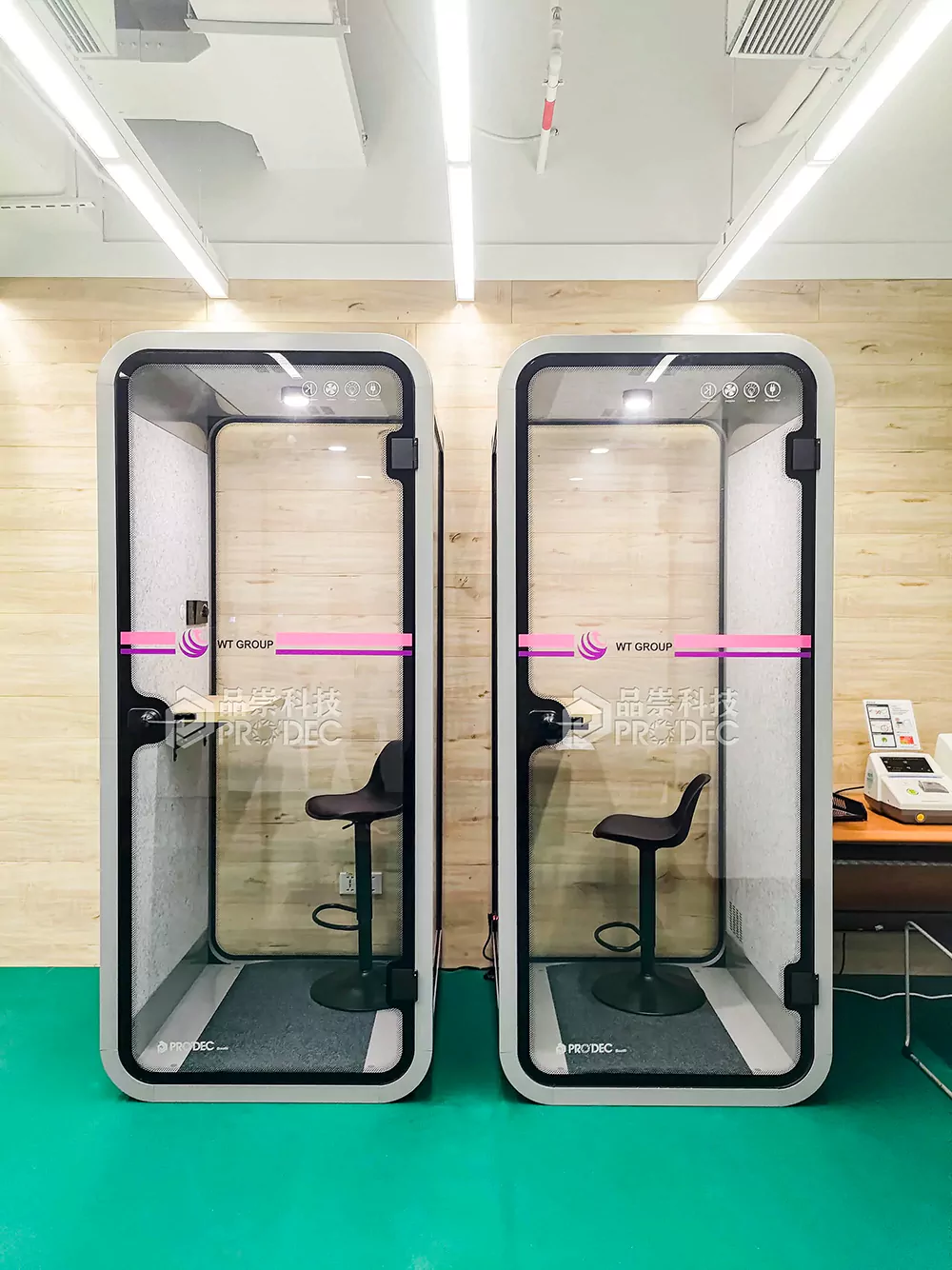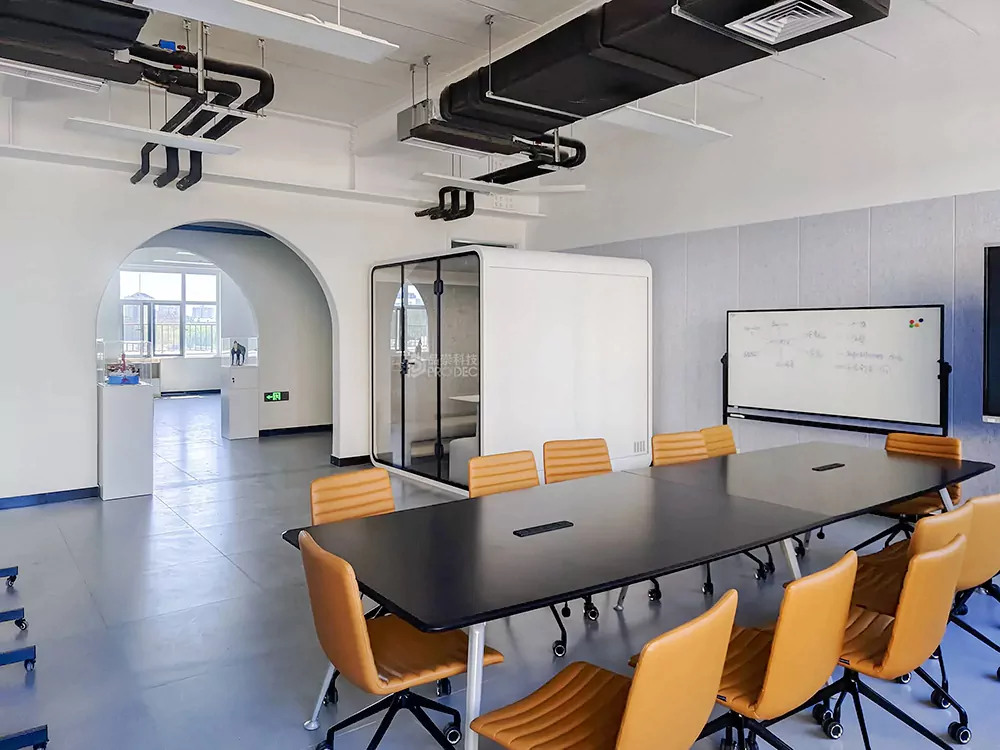Akustische Isolationskabine für Mikrofon: Das ultimative Upgrade für Ihr bestehendes Mikrofon-Setup
Elevate Your Audio Quality with Precision Sound Control
If you’ve already invested in a high-quality condenser microphone, you understand the importance of capturing clean, professional-grade audio. However, even the best microphones can fall victim to room reflections, ambient noise, and standing waves—issues that degrade vocal clarity and introduce unwanted coloration. This is where an Acoustic Isolation Booth for Microphone becomes essential. Designed specifically for users who own premium mics but lack a treated studio environment, these booths act as portable acoustic barriers that focus sound directly into your microphone’s capsule.
Unlike traditional room treatment, which requires extensive panels and bass traps, a microphone isolation booth offers an immediate, space-saving solution. It surrounds the mic and vocalist with high-density acoustic foam and reflective shielding, minimizing external interference. Whether you’re recording vocals, podcasts, or voiceovers at home or on location, integrating an isolation booth ensures consistent audio performance regardless of your surroundings. The result? Studio-quality recordings without the need for a dedicated soundproof room.

How an Acoustic Isolation Booth Enhances Your Current Microphone
Step 1: Understand Your Microphone’s Polar Pattern
Most professional condenser microphones feature a cardioid polar pattern, meaning they pick up sound primarily from the front while rejecting noise from the sides and rear. However, sound reflections from nearby walls or furniture can still enter the off-axis areas, causing phase cancellation and muddiness. An Acoustic Isolation Booth for Microphone creates a controlled sonic environment by absorbing these reflections before they reach the mic.
Step 2: Choose the Right Booth Design for Your Mic Type
Not all booths are created equal. Some use a curved hexagonal design (like the Xtuga BURNER) to direct sound waves toward the microphone, while others employ a three-panel wraparound structure. For large-diaphragm condensers, ensure the booth has sufficient internal depth to prevent proximity effect distortion.
Step 3: Position the Microphone Correctly Within the Booth
Place your mic so the diaphragm aligns with the center opening of the booth. Avoid touching the mesh or foam, as vibrations can transfer. Use a shock mount to further isolate the mic from physical resonance.
Step 4: Integrate a Pop Filter
Many booths come with built-in pop filters made of fine mesh. These eliminate plosive sounds (like “p” and “b”) that can overload your mic’s input. Ensure the filter is taut and positioned about 2–3 inches from the mic head.
Step 5: Adjust the Diffuser Panel Angle
Booths with adjustable diffuser panels allow you to fine-tune the sound dispersion. For warmer tones, angle the panel slightly backward; for brighter clarity, tilt it forward to reflect more direct sound into the mic.
Key Features That Make a Difference in Real-World Use
Step 6: Evaluate Material Technology
The frame material impacts both durability and acoustic performance. Aluminum alloy frames (as seen in Qianhui YP3L and Mobile Silence pods) offer corrosion resistance and lightweight portability—up to 30% lighter than steel alternatives—without sacrificing structural integrity.
Step 7: Assess Acoustic Foam Density
High-density acoustic foam in the sound diffuser panel significantly reduces echo and standing waves compared to standard foam. Look for booths specifying NRC (Noise Reduction Coefficient) ratings above 0.8 for optimal absorption.
Step 8: Consider Portability and Setup Speed
For mobile creators, modular designs enable quick assembly. Some units install 50% faster than fixed partitions, making them ideal for hybrid workspaces or temporary setups.
Step 9: Test Noise Reduction Performance
Top-tier booths achieve up to 20dB of ambient noise reduction. In practical terms, this means HVAC hum, computer fans, and street noise are effectively minimized, allowing your microphone to capture only your voice.
Step 10: Verify Compliance and Safety Standards
Ensure the product uses safety-certified materials. Tempered glass panels should meet impact resistance standards, and foams must be eco-friendly and fire-retardant, complying with ISO and CE certifications.
Performance Comparison: Isolation Booths vs. Traditional Room Treatment
| Merkmal | Acoustic Isolation Booth | Traditional Room Treatment |
|---|---|---|
| Noise Reduction Efficiency | Up to 20–30 dB focused around mic | Varies widely; requires full-room coverage |
| Installationszeit | Under 5 minutes (portable units) | Several hours to days |
| Space Requirement | Minimal (fits on desk) | Entire wall/ceiling coverage needed |
| Mobilität | Fully portable | Permanent or semi-permanent |
| Cost-Effectiveness | High (one-time purchase) | Moderate to high (multiple panels required) |
User Experience and Real-World Feedback
Customers consistently report dramatic improvements after adding an Acoustic Isolation Booth for Microphone to their existing setup. One verified buyer noted: “I own a Rode NT1-A, and while it’s a fantastic mic, my untreated bedroom caused too much reverb. After using the Xtuga BURNER, my recordings went from ‘home demo’ to ‘studio master’ overnight.”
Another user shared: “The aluminum frame feels solid, and the foam actually absorbs low-mid frequencies I didn’t think could be tamed without bass traps. My podcast edits are 70% faster now because there’s no background noise to clean up.”
Design & Application Scenarios: Matching Booths to Your Needs
| Anwendungsfall | Recommended Booth Type | Why It Works |
|---|---|---|
| Home Studio Vocals | Hexagonal Reflection Filter (e.g., Xtuga BURNER) | Focuses sound directly into mic, reduces room coloration |
| Office Phone Calls / Zoom Meetings | Compact Acoustic Pod (e.g., Mobile Silence) | Full-body enclosure with tempered glass for privacy and noise blocking |
| On-Location Recording | Foldable Aluminum Booth (e.g., Qianhui YP3L) | Lightweight, easy to transport, quick setup |
| Streaming & Live Broadcast | Adjustable Stand-Mounted Shield | Allows real-time angle tuning for optimal vocal capture |
Final Thoughts: Why Your Microphone Deserves an Isolation Booth
Eine Acoustic Isolation Booth for Microphone isn’t just an accessory—it’s a force multiplier for your existing gear. By eliminating environmental variables, it allows your microphone to perform at its peak potential. Whether you’re a podcaster, musician, streamer, or remote worker, this device delivers measurable improvements in clarity, consistency, and professionalism.
When selecting a model, prioritize build quality, acoustic efficiency, and compatibility with your microphone size and usage scenario. With the right booth, any space becomes a viable recording environment—transforming your home desk into a broadcast-ready studio.
本文由人工智能技术生成,基于公开技术资料和厂商官方信息整合撰写,以确保信息的时效性与客观性。我们建议您将所有信息作为决策参考,并最终以各云厂商官方页面的最新公告为准。





